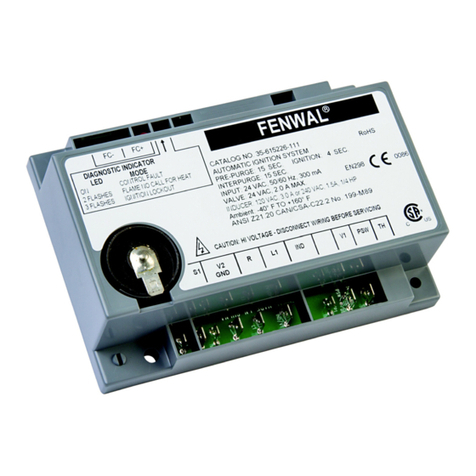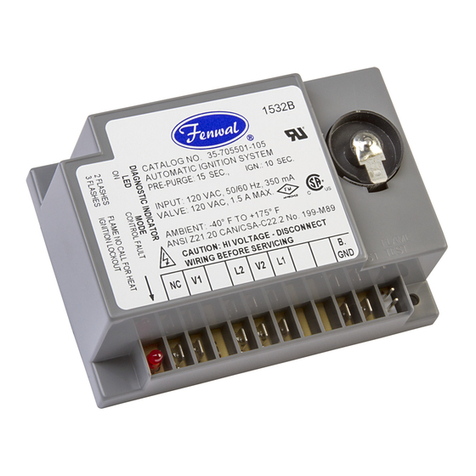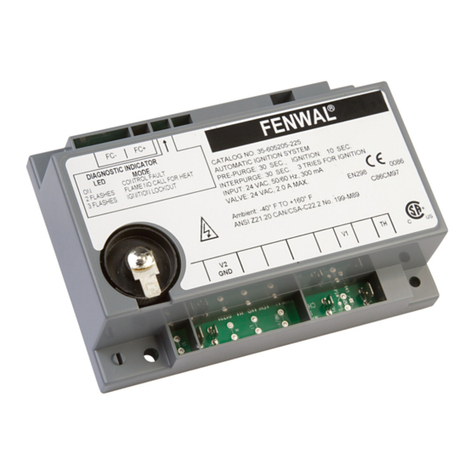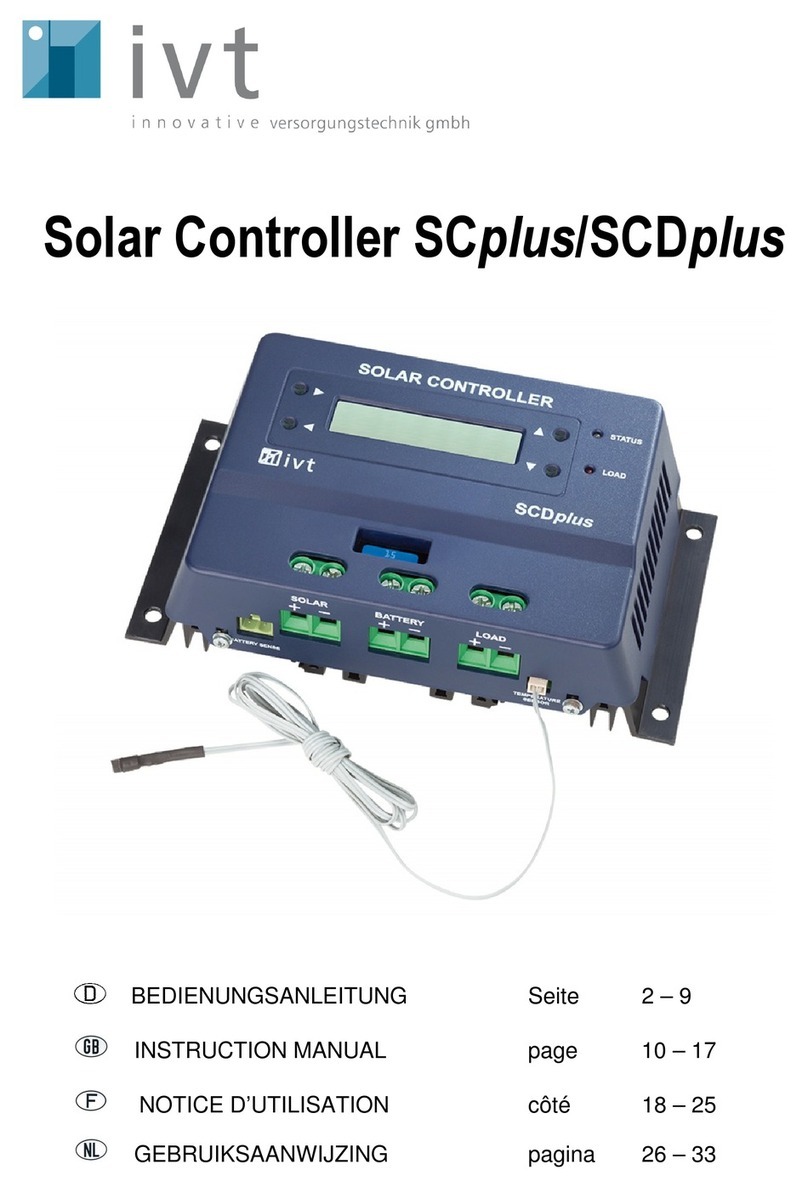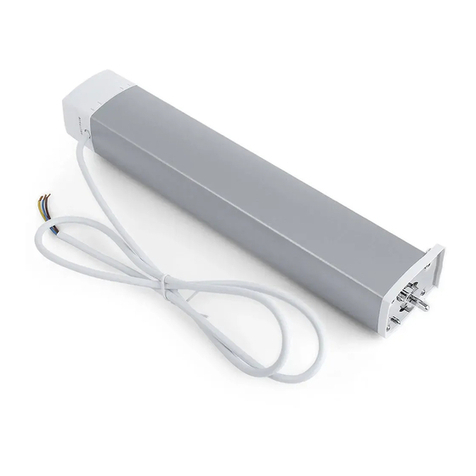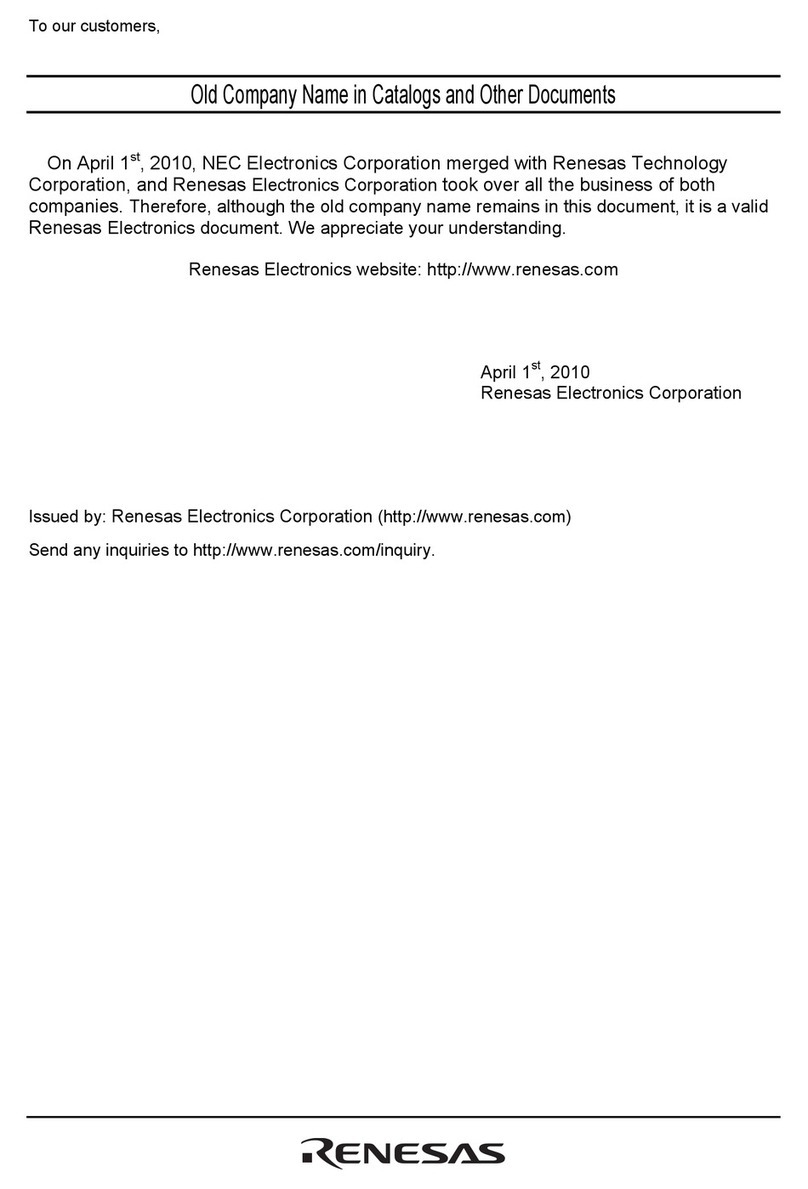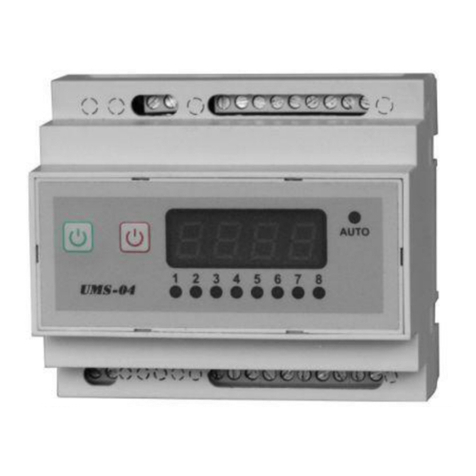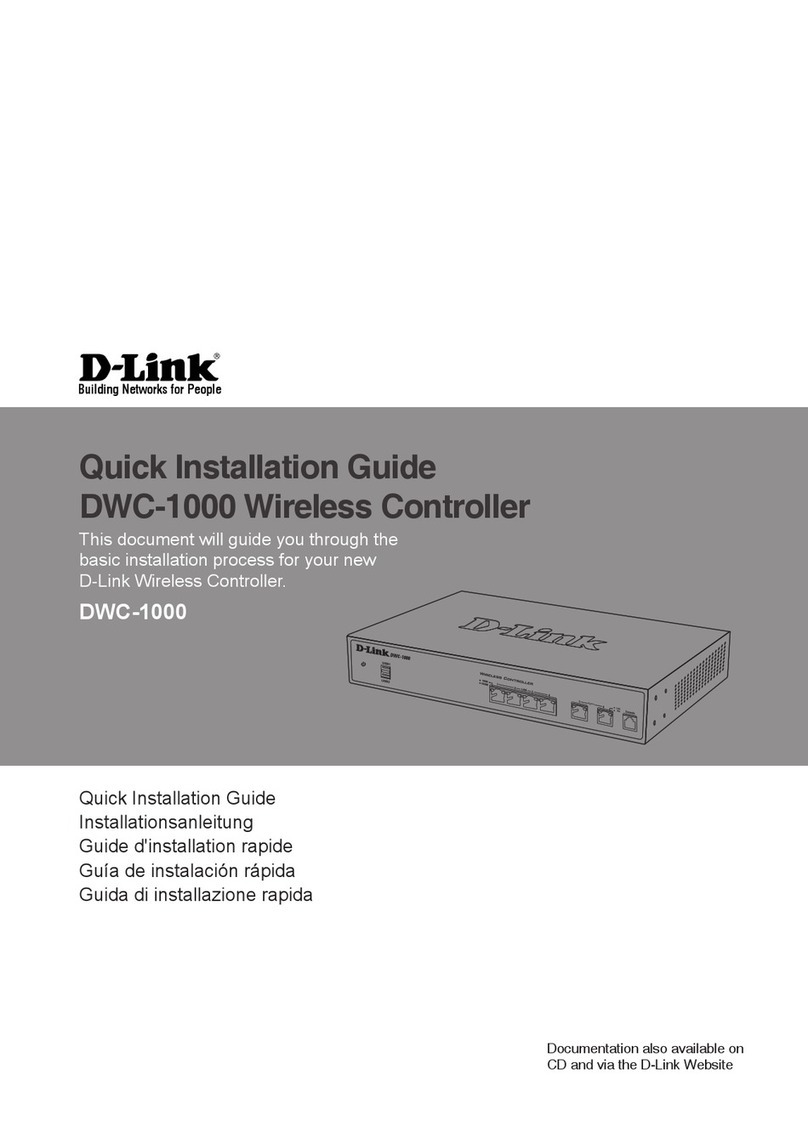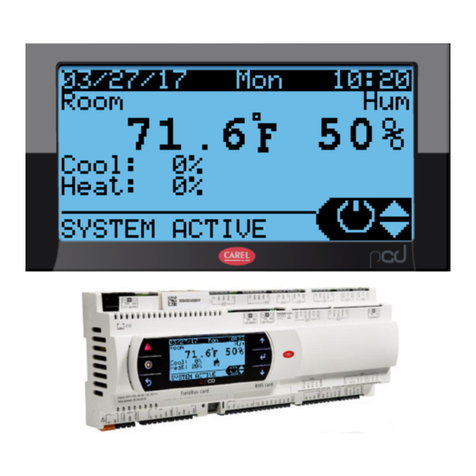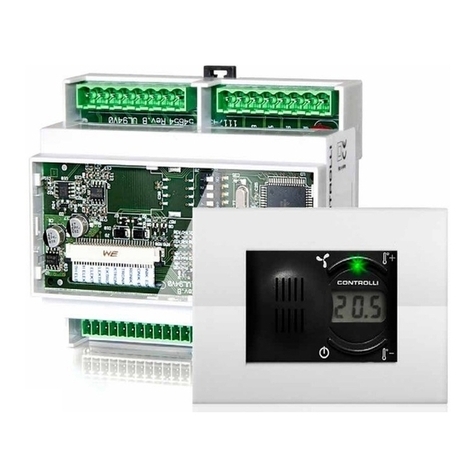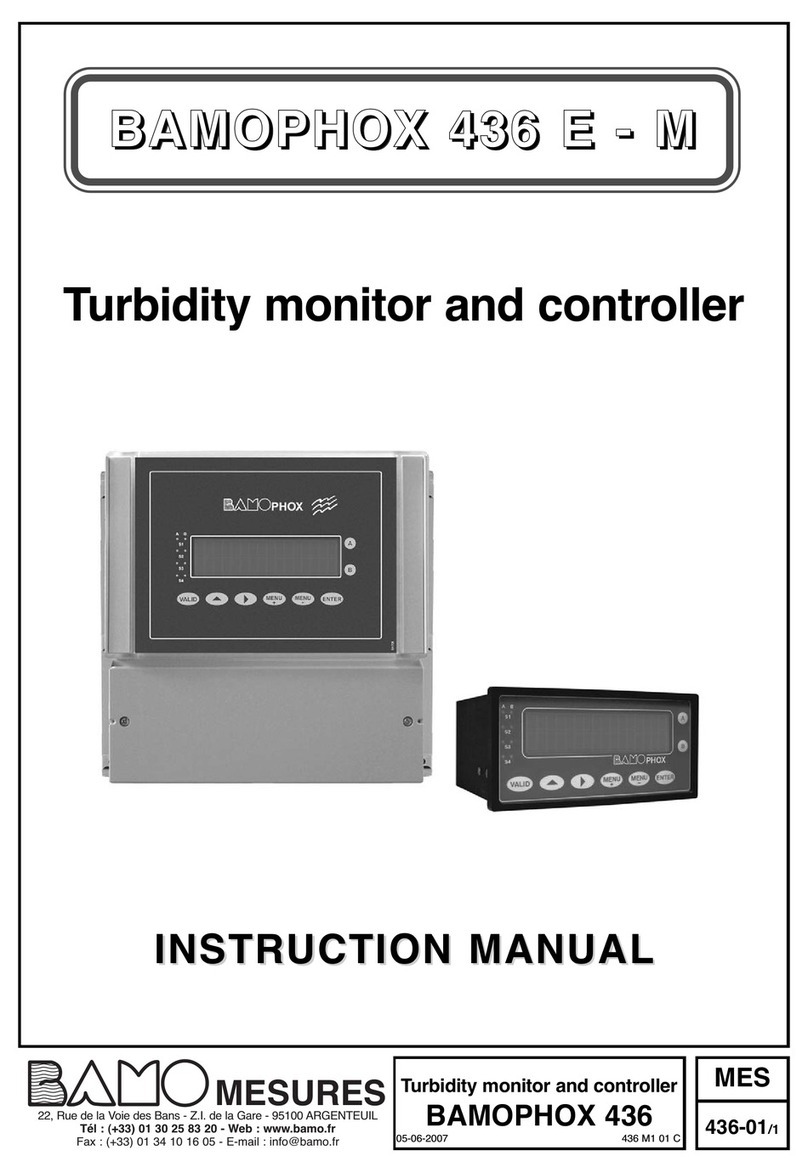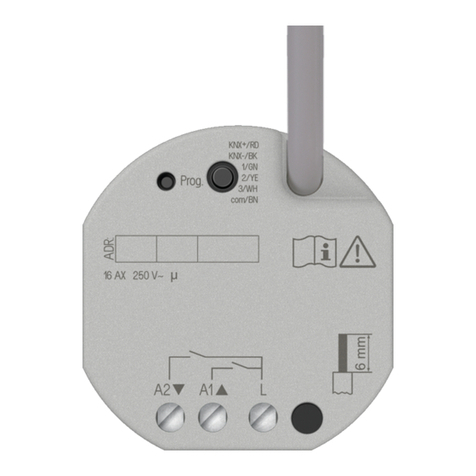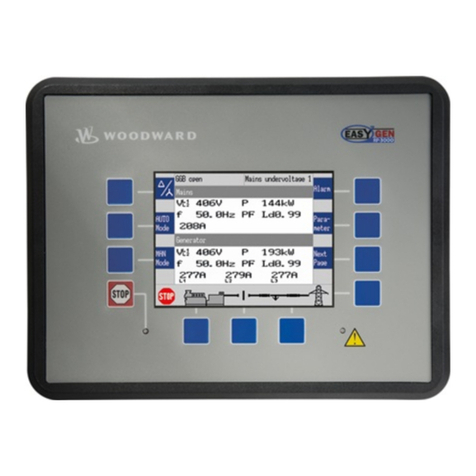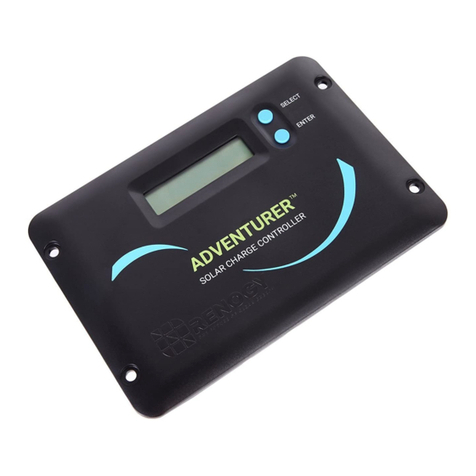Fenwal 35-63 User manual

F-35-63
August 2015
FEATURES
• Safe start with DETECT-A-FLAME®flame sensing
technology
• Custom pre-purge and inter-purge timings*
• Single or three trials for ignition
• Mounts on standard 4-in. junction box
•SystemdiagnosticLED
• Flame current test points
• Local or remote flame sensing
• Automatic reset option**
APPLICATIONS
• Commercial cooking
• Gas furnaces
•Unitheaters
•Waterheaters
• Other applications requiring intermittent pilot
DESCRIPTION
The 35-63 is a 24 VAC intermittent pilot (spark-to-pilot) ignition
control. The control uses a microprocessor circuit to provide
precise, repeatable timing and operating sequences. On-board
diagnostics with LED output makes troubleshooting easy and
ensures safe and efficient operation.
Export Information (USA)
Jurisdiction: EAR
ECCN: EAR99
Agency Certifications
*Pre-purge time cannot exceed inter-purge time on CE
Approved models.
** Automatic reset is not allowed for CE Approved models.
SPECIFICATIONS
Recognized under the UL component program, UL
372. Software certified to ANSI/UL 1998. UL File
MH8817
Design certified to ANSI Z21.20, CAN/CSA C22.2
No. 199-M89
CE Approved to EN 298:2003
Code Compliant to:
AS 4625 - 2008
AS 4622 - 2004
Input Power Control: 18-30 VAC 50/60Hz
(Class 2 Transformer)
Input Current 300 mA @24 VAC with main and
pilot gas valve relays energized
(control only)
Main Gas Valve 2.0A max (continuous)
Pilot Gas Valve 2.0A max (continuous)
Operating Temperature -40°F to +176°F
(-40°C to +80°C)
Storage Temperature -40°F to +185°F
(-40°C to +85°C)
Flame Sensitivity 0.7 µA minimum
Flame Failure Response 0.8 seconds maximum
Flame Detector Self-check
Rate
Once per second minimum
Gas Types Natural, LP, or manufactured
Spark Rate:
Remote
Local
50/60 sparks/sec
25/30 sparks/sec
Size (LxWxH)
with enclosure
5.69 x 3.94 x 1.87 inches
(14.45 x 10.01 x 4.75 cm)
Moisture Resistance Conformal coated to operate non-
condensing to 95% R.H. Module
should not be exposed to water
Ingress Protection Not rated, protection provided by
appliance in which it is installed
Tries for Ignition One or three try versions available
Trial for Ignition Periods 15, 30, 60, 90 seconds available
Pre-purge and
lnter-purge Timings
0, 15, 30, 45 seconds
or 4 minutes available
SERIES 35-63
24 VAC Microprocessor-Based
Intermittent Pilot Ignition Control
R

Effective: August 2015
2F-35-63
SEQUENCE OF OPERATION / FLAME
RECOVERY / SAFETY LOCKOUT
Start Up - Heat Mode
When a call for heat is received from the thermostat supplying 24
VAC to TH/W, the control will reset, perform a self-check routine,
flash the diagnostic LED and begin a pre-purge delay. Following
the pre-purge period, the pilot gas valve is energized and
sparking commences for the Trial For Ignition (TFI) period. The
main gas valve remains de-energized until the pilot flame is
detected.
When the pilot flame is detected during TFI, the sparking process
is terminated and the main gas valve is energized. The
thermostat and pilot burner flame are constantly monitored to
assure proper system operation. When the thermostat is satisfied
and the demand for heat ends, the pilot and main valves are
immediately de-energized.
Failure to Light - Lockout
SINGLE TRIAL MODEL
Should the pilot burner fail to light or the pilot flame is not
detected during the TFI period, the pilot valve will de-energize
and the control will go into lockout. The LED will indicate the fault
code for ignition lockout.
MULTI TRIAL MODEL
Should the pilot burner fail to light or the pilot flame is not
detected during the first TFI period, the pilot valve will de-
energize. The control then goes through an inter-purge delay
before an additional ignition attempt. The control attempts two
additional ignition trials before de-energizing the pilot valve and
entering lockout.The LED will indicate the fault code for ignition
lockout.
FLAME FAILURE-RE-IGNITION MODE
If the established pilot flame signal is lost while the burner is
operating, the control will respond within 0.8 seconds by de-
energizing the main gas valve and energizing the H.V. spark for
the TFI period in an attempt to relight the pilot burner. If the pilot
burner does not light within the TFI, the pilot gas valve will
immediately de-energize and single try models will enter lockout.
On multi-try models, a new TFI sequence will begin after an
inter-purge delay. Multi-try models perform two additional
attempts to light the burner before de-energizing the gas valves
and entering lockout. If the pilot burner relights, normal
operation resumes.
FLAME FAILURE-RECYCLE MODE
With the “Recycle after Loss of Flame" option, upon loss of pilot
flame, the pilot and main gas valves are de-energized and the
control proceeds to inter-purge before attempting to relight the
pilot flame. Multi-try models permit three tries for ignition
including inter-purges. If the pilot burner relights, normal
operation resumes. If the pilot burner does not relight, the
control will enter lockout.
Lockout Recovery
Recovery from lockout requires a manual reset by either resetting
the thermostat, or removing 24 VAC for a period of 5 seconds.
On models with automatic reset, if the thermostat is still calling
for heat after one hour, then the control will automatically reset
and attempt to ignite the burner.

Effective: August 2015
F-35-63 3
MOUNTING AND WIRING
The Series 35-63 is not position-sensitive and can be mounted
vertically or horizontally. The case may be mounted on any
surface with #6 sheet metal screws. The control also supports
direct mounting to a standard NEC 4-in. junction box.
Wiring Diagrams - 35-63
Figure 1. Local Sense
Figure 2. Remote Sense
CAUTION
All wiring must be performed in accordance with
both local and national electrical codes.
CAUTION
Label all wires prior to disconnection when
servicing controls. Wiring errors may cause
improper and dangerous operation. A functional
checkout of a replacement control should always
be performed.
WARNING
This product uses voltages of shock hazard
potential. Wiring and initial operation must be
performed by a qualified service technician.
WARNING
Operation outside specifications could result in
failure of the Fenwal product and other
equipment with potential for injury to people and
property.
Terminal Designations
Terminal Description Quick Connect
(inch)
TH/W Thermostat Input 1/4”
PV1 Pilot Valve Power 3/16”
MV1 Main Valve Power 1/4”
V2 Valve Ground 3/16”
GND System Ground 3/16”
S1 Remote Flame Sensor
(Optional)
3/16”
H.V. High Voltage Output 1/4”
FC+, FC- Flame Current Test Points Varies by model
GAS
VALVE
GAS
VALVE
MAIN
GAS
VALVE
GAS
VALVE
MAIN

Effective: August 2015
4F-35-63
TROUBLESHOOTING
Note: During a fault condition, the LED will flash on for
1/4 second and off for 1/4 second as needed to
indicate the fault code. The code will repeat every
3 seconds. Removing power from the control will
clear the fault code.
Internal Control Failure
If the control detects a software or hardware error, all outputs
are turned off and the LED displays a Steady On condition. If this
condition persists after an attempt to restart, then the control
must be replaced.
Proper Electrode Location
Proper location of electrode assembly is important for optimum
system performance. The electrode assembly should be located
so that the tips are inside the flame envelope and about 1/2-inch
(1.2 cm) above the base of the flame as shown:
Notes:
• Ceramic insulators must not be in or close to the flame.
• Electrode assemblies must not be adjusted or
disassembled. Electrodes are NOT field adjustable.
• Electrodes should have a gap spacing of 0.125± 0.031
in (3.12± 0.81 mm), unless otherwise specified by the
appliance manufacturer. If spacing is not correct, the
assembly must be replaced.
• Exceeding temperature limits can cause nuisance
lockouts and premature electrode failure.
• Electrodes must be located where they are not exposed
during normal operation.
Flame Current Measurement
Flame current is the current that passes through the flame from
sensor to ground. To measure flame current, connect a True
RMS or analog DC micro-ammeter to the FC+ and FC- terminals.
Readings should be 1.0 µADC or higher. If the meter reads
negative or below "0" on scale, meter leads are reversed. Re-
connect leads with proper polarity.
Alternately, a Digital Voltmeter may be used to measure DC
voltage between FC+ and FC- terminals. Each micro-amp of
flame current produces 1.0 VDC. For example, 2.6 VDC equates
to 2.6 µA.
A good burner ground that matches the control ground is critical
for reliable flame sensing.
Troubleshooting Guide
Symptom Recommended Actions
1. Control does not start A. Miswired
B. 24 VAC transformer fault
C. Fuse circuit breaker fault
D. Faulty control, check LED
for fault codes
2. Thermostat on - no spark A. Miswired
B. Faulty thermostat, no
voltage at thermostat
terminal TH/W
C. Faulty control, check LED
for fault codes
3. Valve on - no spark during
TFI
A. Shorted electrode -
establish 1/8-inch gap
B. Check high voltage cable
C. Miswired
4. Spark on - valve off A. Valve coil open
B. Valve wire disconnected
C. Faulty control, check
voltage at gas valve
terminals PV1 or MV1 and
V2
5. Flame okay during TFI - no
flame sense after TFI
A. Check electrode position
B. Check high voltage wire
C. Poor ground at burner
D. Poor flame, check flame
current
Fault Conditions
LED Indication Fault Mode
Steady On Internal Control Failure
2 Flashes Pilot flame without call for heat
3 Flashes Ignition Lockout

Effective: August 2015
F-35-63 5
DIMENSIONS
Figure 3. Uncovered with Standoffs
Figure 4. Standard Enclosure
USED ON LOCAL SENSE
S1 TERMINAL NOT
DS1
FC+
FC-
1.531 MAX.
3.750
.250
3.250±.010
5.000±.010
2.250
.250
.164±.010 DIA.
.450 MAX.
-.015
+.031
.062
(4) MOUNTING
GND
TH/W
V1/P1
IND/V1
V2
S1
.475
HOLES
.500 MAX.
2.000 MAX.
.475
(2) MOUNTING HOLES
.187±.010 DIA.
2.250
S1
V2
IND/V1
V1/P1
TH/W
5.688
5.000±.010
.359
3.250±.010
.344
1.750 MAX.
GND
DS1
FC-
FC+
3.375±.010
1.125
.063
3.375±.010
3.968
(2) MOUNTING
.234±.010 DIA.
HOLES
Note: All dimensions are in inches.

This literature is provided for informational purposes only.
KIDDE-FENWAL, INC. assumes no responsibility for the prod-
uct’s suitability for a particular application. The product must be
properly applied to work correctly. If you need more informa-
tion on this product, or if you have a particular problem or
question, contact KIDDE-FENWAL, INC., Ashland, MA 01721.
© 2015 Kidde-Fenwal Inc. P/N F-35-63 Rev AA
Fenwal Controls, Kidde-Fenwal Inc.
400 Main Street
Ashland, MA 01721
Tel: 800-FENWAL-1
Fax: 508-881-7619
www.fenwal.com
FENWAL®and DETECT-A-FLAME®are registered trademarks of Kidde-Fenwal Inc.
All other trademarks are the property of their respective owners.
PART NUMBER CONFIGURATION
35 - 63 0 X X X - X X X
Trial for Ignition Time
1 = 15 econds
3 = 30 econds
5 = 60 econds
7 = 90 econds
S
S
S
S
Inter-Purge Time
0 = None (Single Try Models Only)
1 = 15 econds
2 = 30 econds
3 = 45 Seconds
4 = 4 Minutes
S
S
Product
Designation
*
*
1 = Recycle After Loss of Flame
2 = Standard CE Approved Model
3 = Special CE Approved Model
5 = Re-ignition After Loss of Flame
9 = Special Configuration
Pre-Purge Time
0 = None
1 = 15 Seconds
2 = 30 Seconds
3 = 45 Seconds
4 = 4 Minutes
Number of Ignition Trials, Flame Sense Method and
Lockout Reset Method
0 = Single Try, Local Sense
1 = Single Try, Remote Sense
2 = Single Try, Local Sense
3 = Single Try, Remote Sense
5 = Three Tries, Local Sense
6 = Three Tries, Remote Sense
7 = Three Tries, Local Sense
8 = Three Tries, Remote Sense
Enclosure Configurations
0 = Noryl Gray Enclosure
1 = Integral Standoffs
2 = Board Only
*On CE Approved models,
pre-purge time cannot exceed
inter-purge time and automatic
reset is not permitted.
Thermostat/power off reset
Thermostat/power off reset
1 Hour Automatic reset
1 Hour Automatic reset
Thermostat/power off reset
Thermostat power off reset
1 Hour Automatic reset
1 Hour Automatic reset
A 3 or 9 in this location
(i.e. 35-63 0 901 -113)
indicates a special configuration.
9XX is a sequentially assigned
part number and does not follow
the standard part numbering
configuration.
Consult Fenwal for operating
characteristics of this control.
SERIES
This manual suits for next models
2
Table of contents
Other Fenwal Controllers manuals
Popular Controllers manuals by other brands
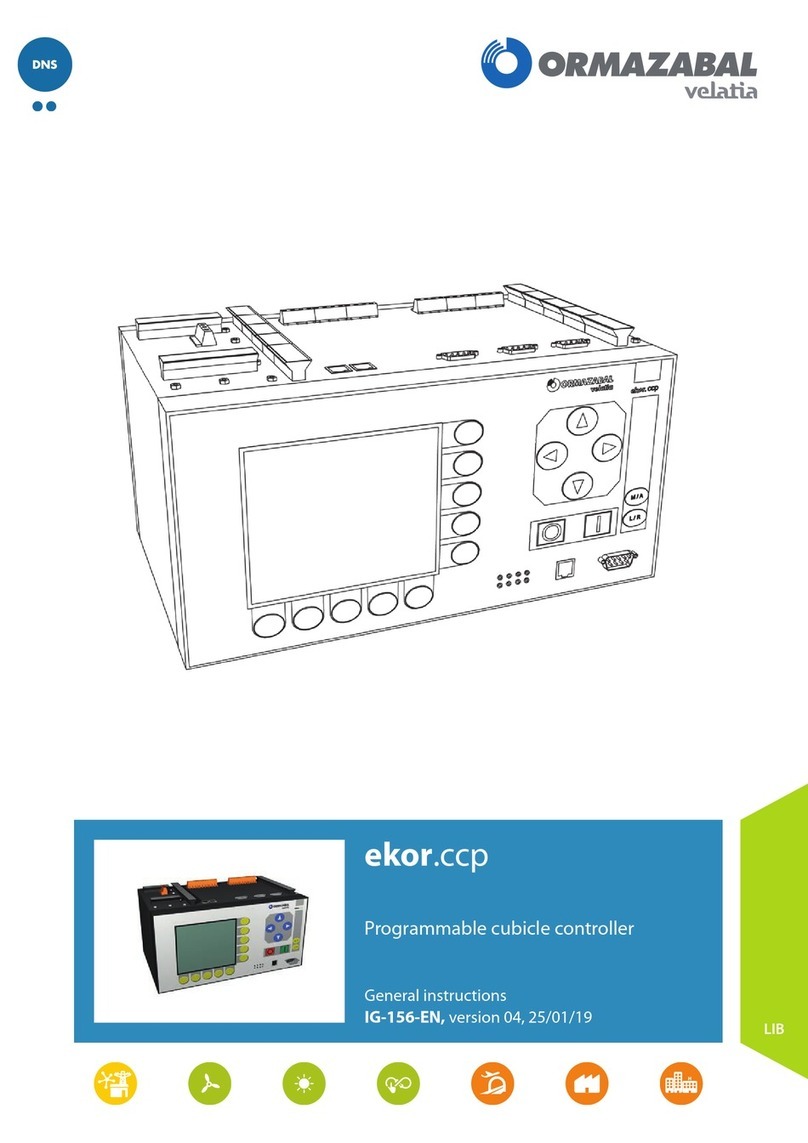
Ormazabal
Ormazabal velatia ekor.ccp General instructions
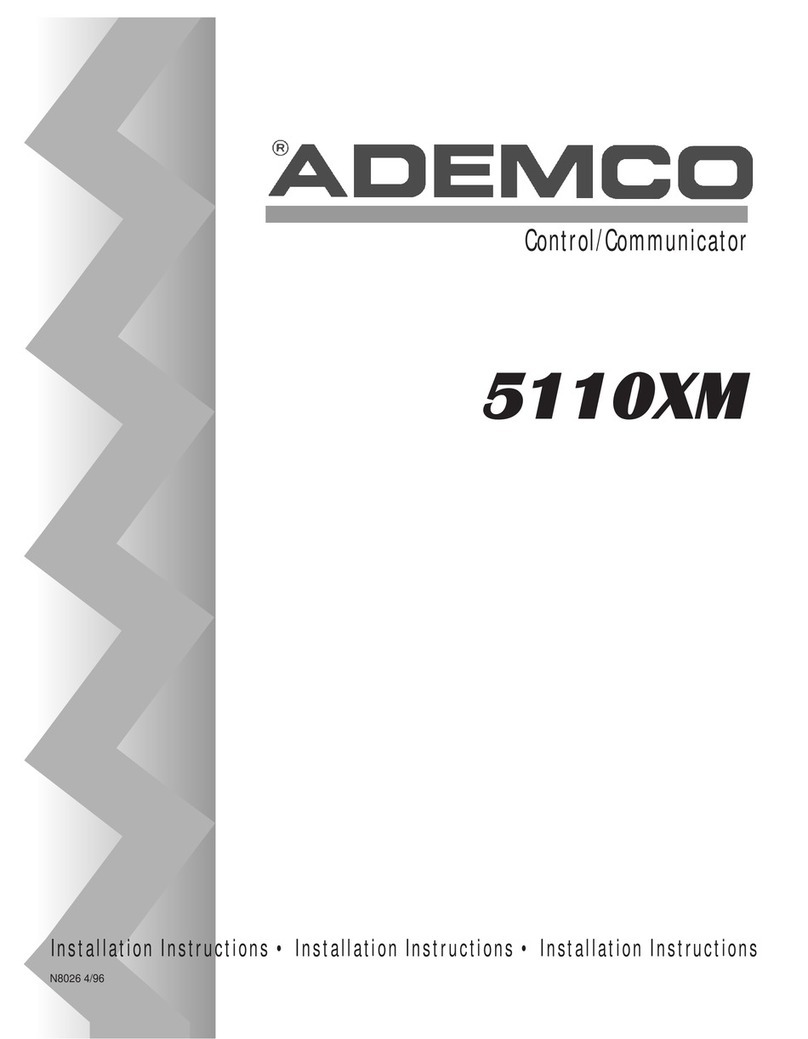
ADEMCO
ADEMCO 5110XM installation instructions

Carrier
Carrier D Series installation manual
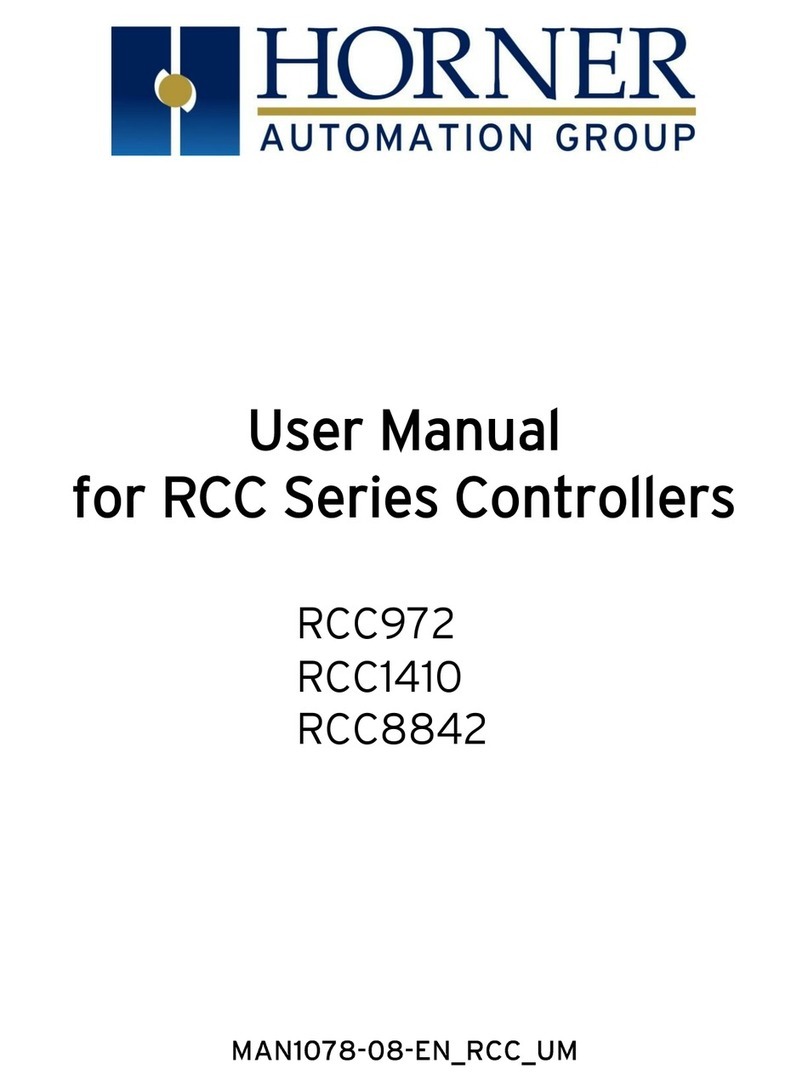
HORNER APG
HORNER APG RCC Series user manual
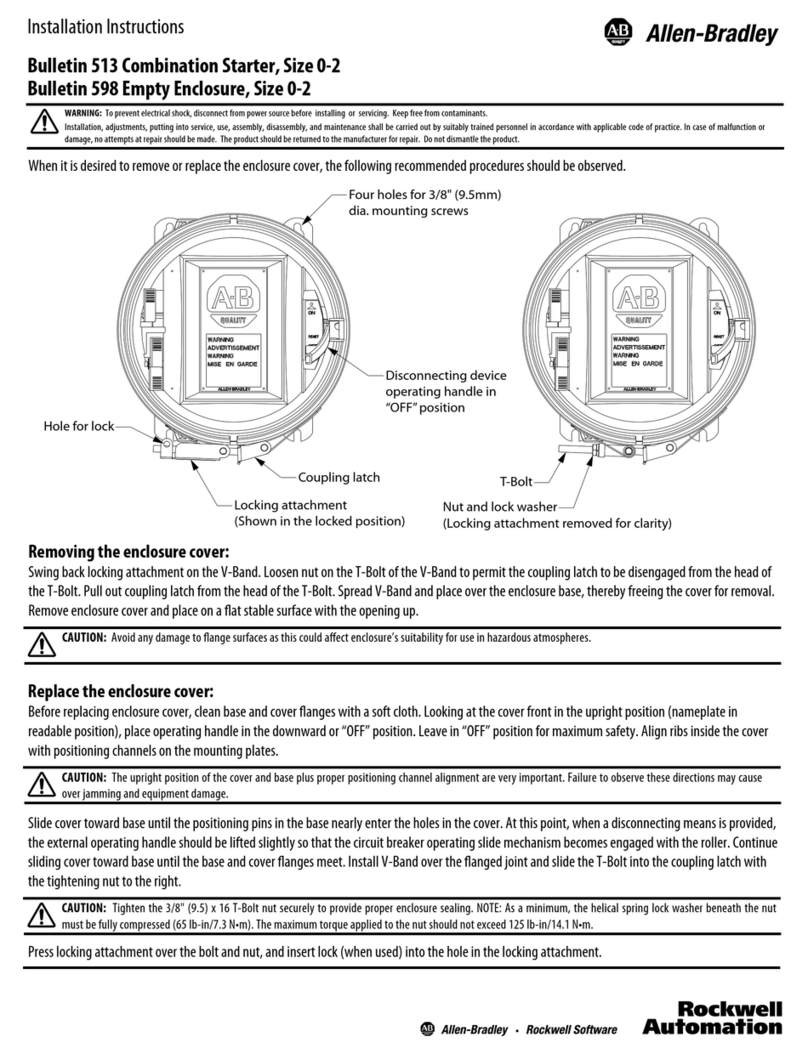
Rockwell Automation
Rockwell Automation Allen-Bradley 513 installation instructions
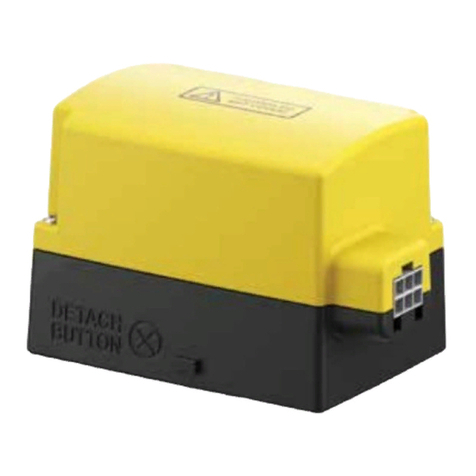
EPH Controls
EPH Controls DETACH PRO B1PF Installation & operating instructions
